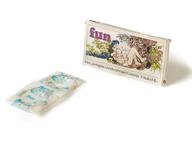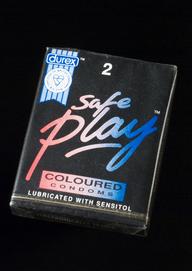







Plaster copy of the skull of the first infant delivered under ether by Sir James Simpson in 1847, English, 1900-1921
In 1847, physician Sir James Young Simpson first delivered a baby using ether as an anaesthetic. This is a plaster copy of the skull of that child born to a mother feeling no pain. The medical establishment initially had reservations about anaesthetics. Doctors worried about the link between pain and the muscular contractions that make birth possible. They also worried about the effect of the powerful chemical on the infant’s health. For some, pain was ‘natural’ and divinely ordained. However, the work of Simpson and fellow pioneers led to its acceptance. Ether was replaced by its safer chemical relative chloroform. Queen Victoria took chloroform, administered by John Snow, during the birth of her eighth child in 1853. This further popularised anaesthetic use.
This copy was probably made in the early 1900s. It was presented by the Obstetrical Department of Liverpool University in 1921. Little is known about the child, but the size and appearance of the skull suggests he or she died either during the procedure or shortly after.
Anaesthetic use has been refined, but it has always been problematic. The natural childbirth movement questioned the practice in the late 1960s.
Details
- Category:
- Obstetrics, Gynaecology & Contraception
- Collection:
- Sir Henry Wellcome's Museum Collection
- Object Number:
- A135049
- Materials:
- plaster
- Measurements:
-
overall: 90 mm x 82 mm x 110 mm, .322kg
- type:
- skull
- credit:
- Hendry




